Good day to you all here in the DIYhub community. It’s always a pleasure to be among people with a creative mindset. Every day would always be a day to learn something and gain additional knowledge to what one has learned before.
Today I would be sharing with the community HOW TO CLEAN A FISH POND, SORTING OF FISH, AND STOCKING THEM.
Fish farming has been a lucrative business in recent days though there are still fishermen who go to the rivers, and large water bodies to catch fish for sale. But most times all these fishes are living naturally which means the farmer can’t even determine the kind of production he would be having for the day.
All thanks to technology, the world has become a better place and things have gotten easier over time. Animals are taken from the wild and domesticated, bred to make offspring and their lifespan continues. The same way it has been for the aquatic animals too. Fishes were also bred and now the fisherman could give a count of his production without stress.
Fish farming doesn’t have to be big. Many have it in their backyard just for personal consumption and some others go for it in a large scare and that’s for commercial purposes. Whichever purpose it may be there are some things that we can’t avoid and must be done.
When the fishes get older they feel free to live with less attention, but while they are yet to grow up they require so much attention and care just like it is for a baby child growing from infant to adulthood. At adulthood, he has grown enough to care for himself, but at an infant age utmost care must be rendered.
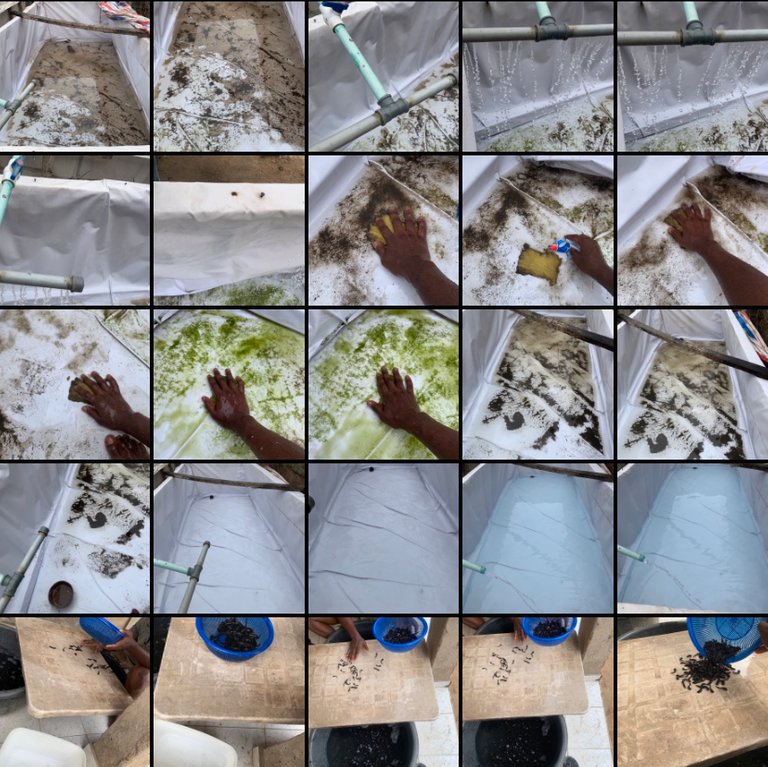
Group screenshot of my captures. All images are mine.
REQUIREMENTS
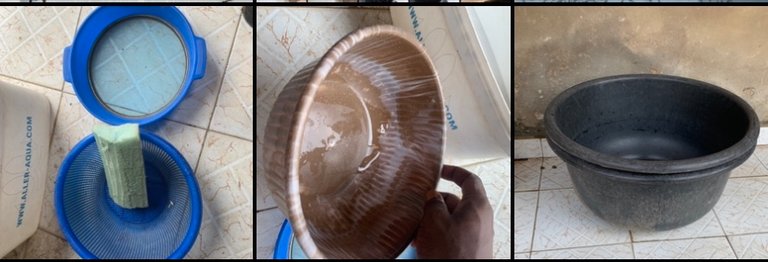
- BOWL AND FOAM
- WATER
- FISH POND
- FISH
- FLAT SURFACE
- TWO BIG BOWLS
STEP-BY-STEP PROCESS
STEP 1: POND CLEAN UP

Just like we all know that a clean environment breeds good hygiene and we love to live in clean environments, the same way these animals too. So the first step towards stocking a fish is to have a pond available.
Due to the long time usage of this pond, I had to clean it up. The constant supply of water made the work easier.
Scrubbing: I had to scrub the walls of the pond first, then after finishing with the walls I started scrubbing the floor. The walls were easier than the floor. The floor needed more time and effort because this is where the bacteria breeds the most.

Rinsing: After that, I opened the water and allowed a free flow of the water down to the pond outlet. It didn’t clear off all the dirt but at least it must have washed away the major. I swept some alongside the water flow.

Mopping: after that, I had to mop the pond with the foam and clean water. Allow it to dry up on time before refilling it with another water.
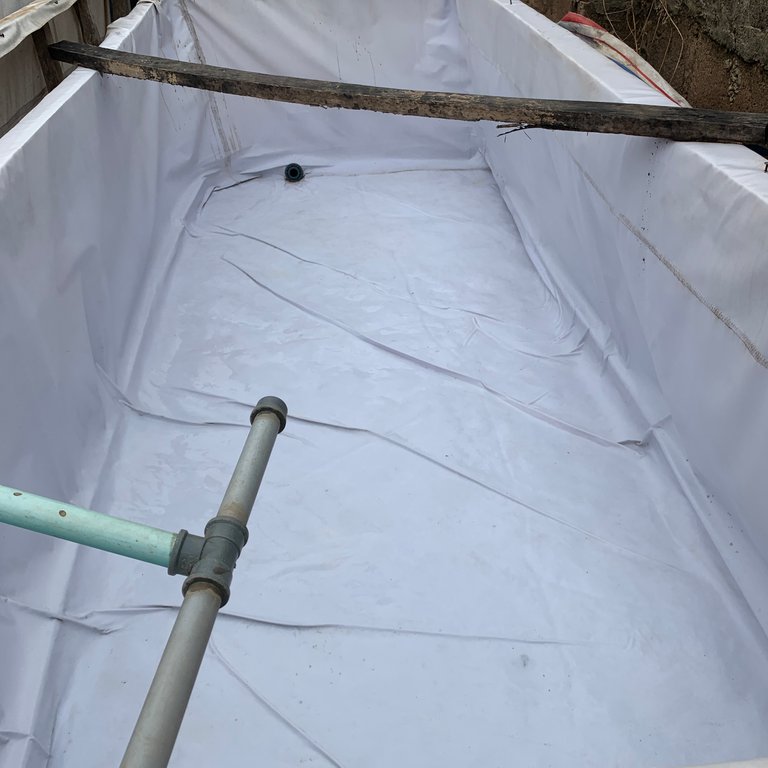
STEP 2: SORTING OF FISH
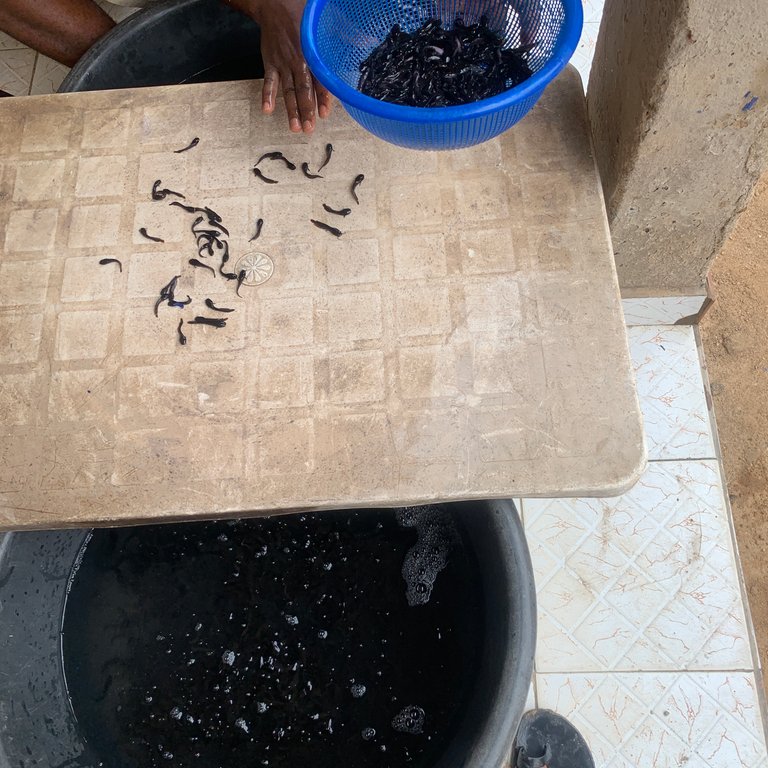
Fishes are known to grow more than others. And overpopulation would make them choked and probably lead to the loss of fish or them eating each other. But when there is a lot of space there won’t be competition for survival among them. This is what leads to the sorting of those fish.
The fishes were more than ten thousand in a pond and at their fingering stage. Sorting would give room for the fast-growing fish to feed more and the slower-growing ones to grow better.
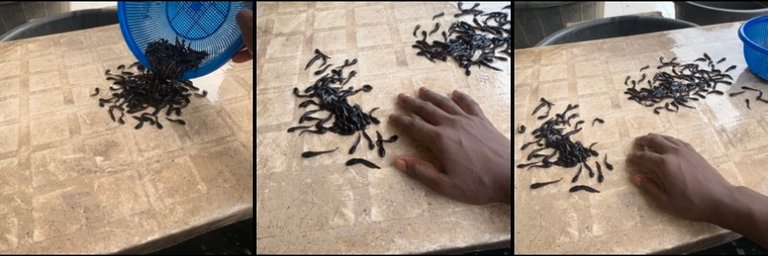
While we sort, we did that on a flat surface placed on two big bowls and filled halfway with water. The fish are poured on the table and then the bigger ones are selected into a bowl and the smaller ones are sorted into the other bowl.
STEP 3: STOCKING
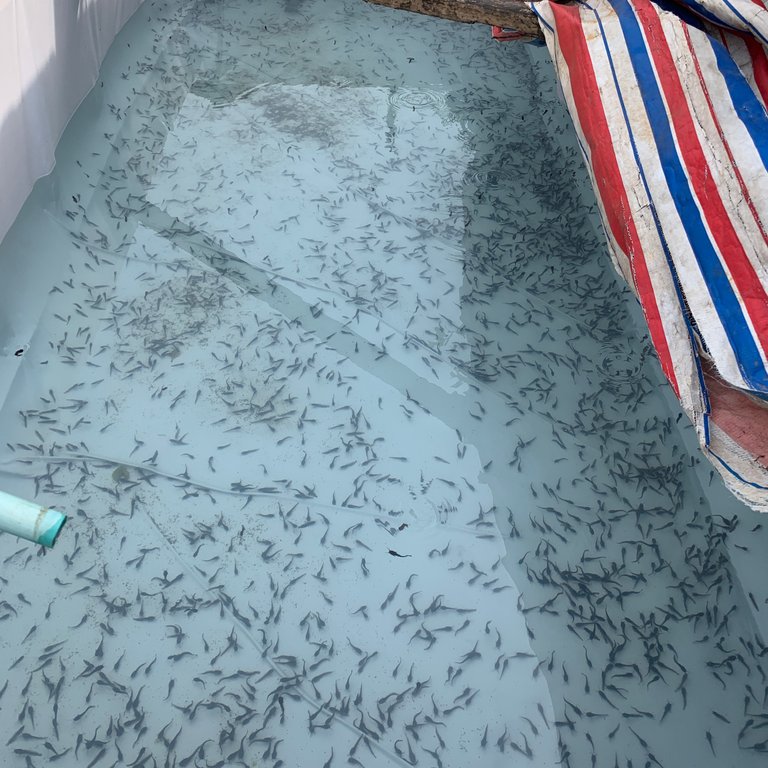
The pond must have been filled with water halfway. Then the fish were sorted using a plastic sieve and stocked into the pond.
They were given a few hours to rest from the stress they must have undergone. So after that, they were fed. The newly stocked fish are doing fine in the pond and the white-colored tarpaulin made them look so cool 😎.
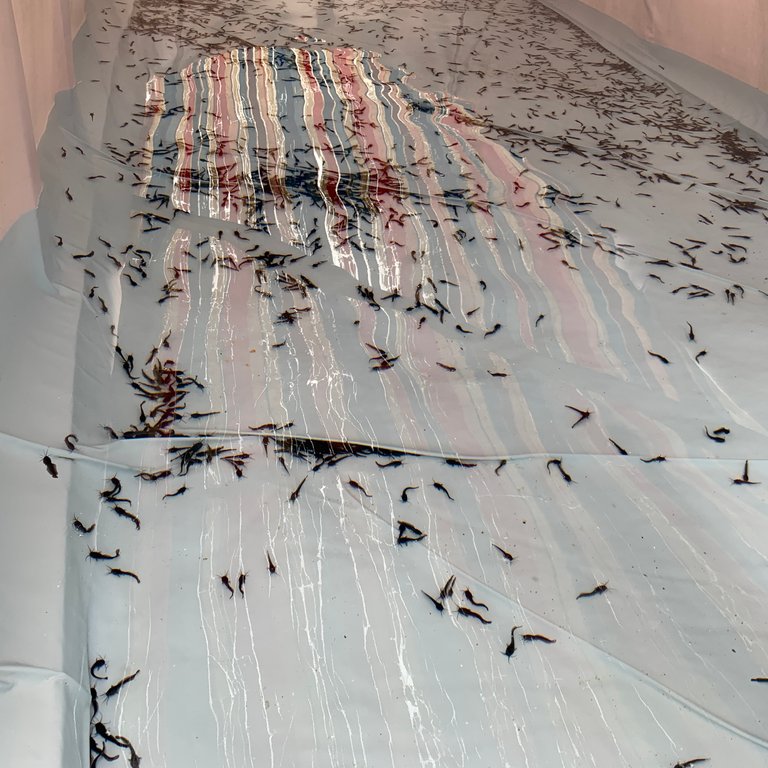
This is all about today's homesteading experience. See you again next time.






